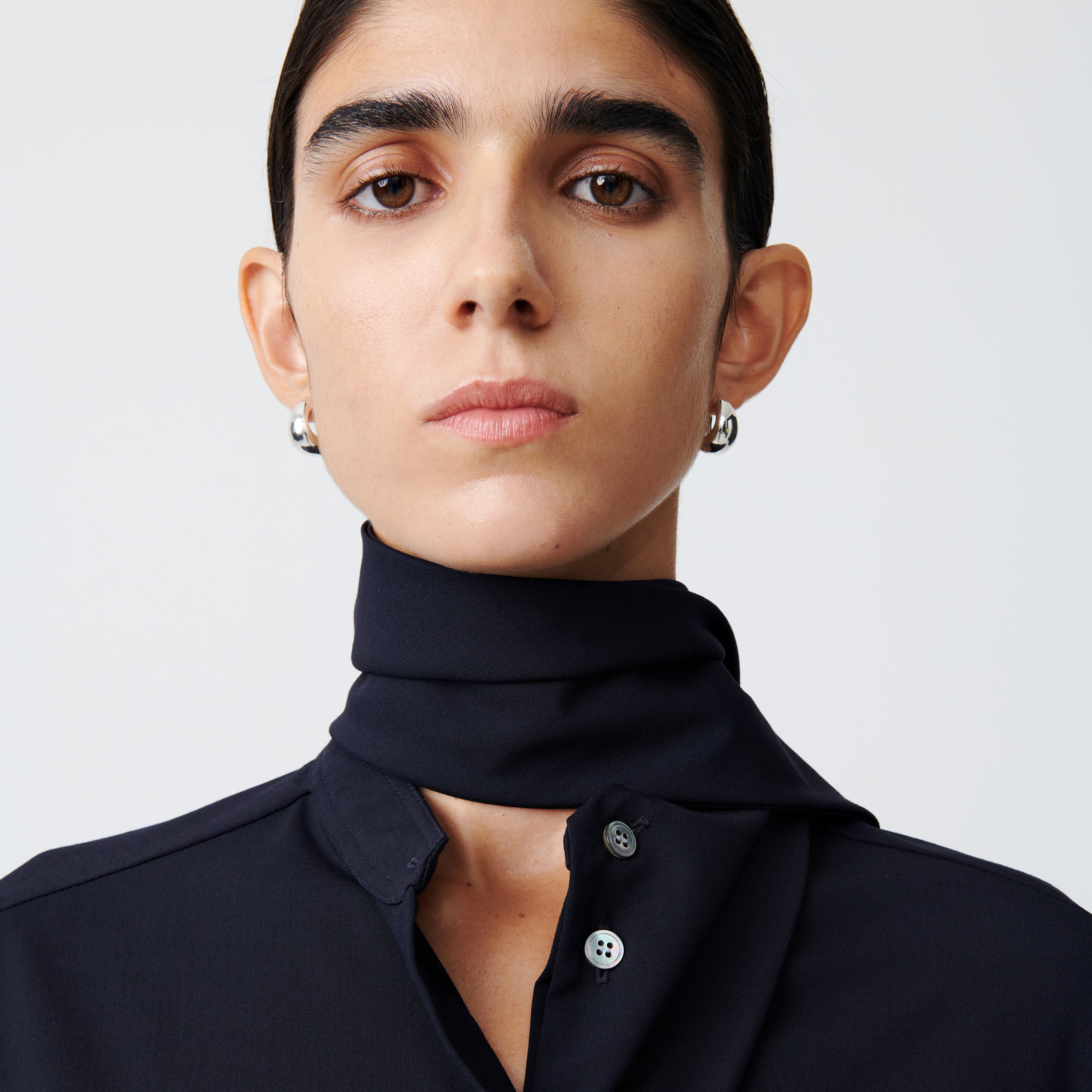










Having lived in the post-war development of the Barbican complex for more than a decade, modern architecture is a keen interest and Georgian-born architect Berthold Lubetkin is one of my favourites.
Credited with bringing modernist architecture to Britain, Lubetkin is best-known for the iconic penguin pool at London Zoo, but was also responsible for some of the greatest council housing in London, luxury tower blocks in Highgate, along with the Finsbury Health Centre.
Prior to moving to England in 1931, Lubetkin studied in Berlin, Warsaw and Paris Where he met Le Corbusier. Sir Geoffrey Jellicoe described the era in the foreword of Lubetkin’s biography: “The 1930s will, I think, prove to have been one of the most creative decades of English art. The concept of ‘Constructivism’ (the generic name of ‘Modernism’) had seized the imagination. The sculptor Hans Arp declared it to be an art entirely new to history, Corbusier turned architecture into sculpture, and Henry Moore through his strange biological forms broadened the vision to comprehend the organic as well as geometrical.”
These themes are consistent throughout Lubetkin’s work; elegant tiled façades with repeated square window clusters, glass walls that let in as much light as possible (in contrasting to dark Victorian houses), apartment interiors with clear views unobstructed by internal pillars and dramatically curved, canopied roof terraces with communal ‘wind rooftops’ for drying clothes and social gatherings.
He may not have been a functionalist, nor a brutalist, but Lubetkin was one of the most passionate supporters of modernism and strongly believed in architecture’s humanizing, life-improving powers. In his words: “Nothing is too good for ordinary people”.
AS


